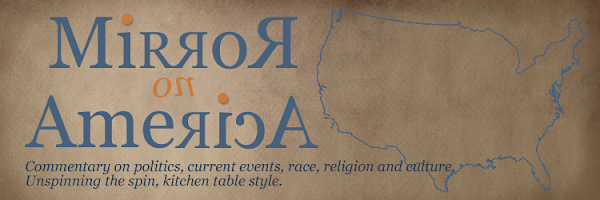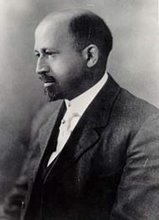
I have read Schmidt’s reports of the affirmative action wars in the Chronicle of Higher Education and visited his information-rich blog. I had high expectations from the wide acclaim and widespread buzz the book has received in blogs that dealt with race and culture issues.
The book is a fantastic read and did not disappoint. I read and finished it in one weekend and could not wait to go to the computer to write a review. It is that good and I highly recommend it as a useful resource for anyone who wants to learn more about affirmative action and where it is headed in the near future.
In a nutshell, Schmidt’s book provides a wide-ranging, historical and big picture view of affirmative action as a social policy. From its origins in the 1960s as a response to social unrest and black militancy, to how it has been administered in elite schools over the years, the political battles and turmoils that have surrounded its implementation, and the court and legislative battles to challenge and strike it down.
He deals with affirmative action as it is practiced in selective, elite schools such as Harvard, Stanford, the University of Michigan, etc. But he does not shy away from writing about the implications of affirmative action to the larger philosophical and moral questions of equality, fairness, and the continuing disparities among American racial and ethnic groups (and socioeconomic classes) in income, academic achievement, educational quality of primary and secondary schools, and the role of diversity in all of these.
According to Schmidt, glaring in its absence from the affirmative action wars is a serious consideration of socioeconomic class (which includes poor and working class whites) and legacy admissions that give preference to wealthy and connected whites who are routinely admitted to selective universities despite not meeting the same academic standards by which more deserving but less-connected and less-wealthy students of all races are scrutinized and judged. In this vein, Schmidt explores social science research such as those undertaken by Anthony Carnevale on modifying how to judge SAT scores, and race-neutral policies that target student admissions according to factors such as family income and geographic region, and strategies such as those used in Texas that have resulted in higher minority admission and enrollment to state universities than race-specific criteria.
Schmidt’s analysis also includes a potent critique of affirmative action as an instrument of attaining social justice and equality. Whether or not such policies do benefit those who come from disadvantaged backgrounds and whether or not diversity is a compelling enough argument for keeping affirmative action out of legal challenges. He also details the recent court battles in Michigan and California as well as background on the main players in the recent challenges to affirmative action by voter referendum in California and Michigan. Schmidt then takes the story all the way to the Supreme Court and in the White House and gives background information on the decisions of the Court as well as the political stances and public pronouncements on the issue by politicians and Presidents from Richard Nixon to Bill Clinton.
Of course, the question will eventually be asked – is this a pro or anti affirmative action book? Is Peter Schmidt part of either side of the debate and if so which side is he on?
I am happy to say that I did not read Schmidt to be a partisan on either side of the issue. If he is a partisan, he is more for the larger moral and philosophical issues of justice, equality and fairness—which includes poor and working class whites in the equation.
If I can sum up the spirit of the book with a quote I choose this one from page 109:
Truth be told, colleges probably benefit from such false assumptions [of whites believing they or someone they know will be rejected by a college due to an unqualified minority applicant]. After all, if well-qualified whites or Asians are angry because they believe they were rejected in favor of Blacks, Hispanics, or Native Americans, colleges can try to claim the moral high ground by accusing them of being racially insensitive, failing to understand the educational value of diversity, or refusing to own up to their own racist past. If on the other hand, people are angry because they believe they were rejected in favor of applicants with more money or better connections, about all they can be accused of is being too naïve to realize that money talks, it isn’t what you know but who you know that matters, and life just isn’t fair.
I highly recommend Color and Money to anyone interested in the affirmative action debate and issue. It is an honest, painstakingly researched report and exploration of the issue and what it means for social justice, race relations, and how far American society still has to go to come to grips with achieving equality of opportunity.















3 comments:
Thanks for spreading the word. I first read about this book at Nat Turner's Revenge.
I will be buying this book and giving it as a gift to others.
Great review...
I think affirmative action in admissions should be income based. Minorities would end up with greater representation.
[quote]I think affirmative action in admissions should be income based. Minorities would end up with greater representation[/quote]
Hummm.
What happens after more minorities become more educated and wealthy and thus don't qualify, while the POOR WHITES begin receiving "income based Affirmative Action" at greater numbers?
Clearly this will show if you are interested in educating poor people or people of a certain race.
Post a Comment